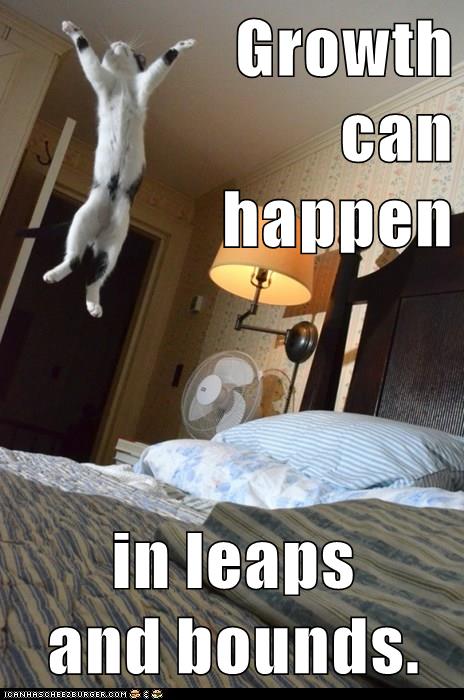I wanted to read this article because while I find the growth mindset to be really fascinating, sometimes it can get overwhelming to think about implementing it formally into the educational system. We are years away from that, but I don't think that means that we can't encourage the children we interact with with a growth mindset in small ways.
Some of the suggestions were things I already knew, such as replacing failing with learning and learning to look forward to and tackling challenges.
Some of the suggestions really surprised me though. For instance, one of the suggestions is to stop looking for approval. While I don't know how we could implement this in children, I think this would have far-reaching benefits not only on intelligence but also on self-esteem and the person as a whole.





